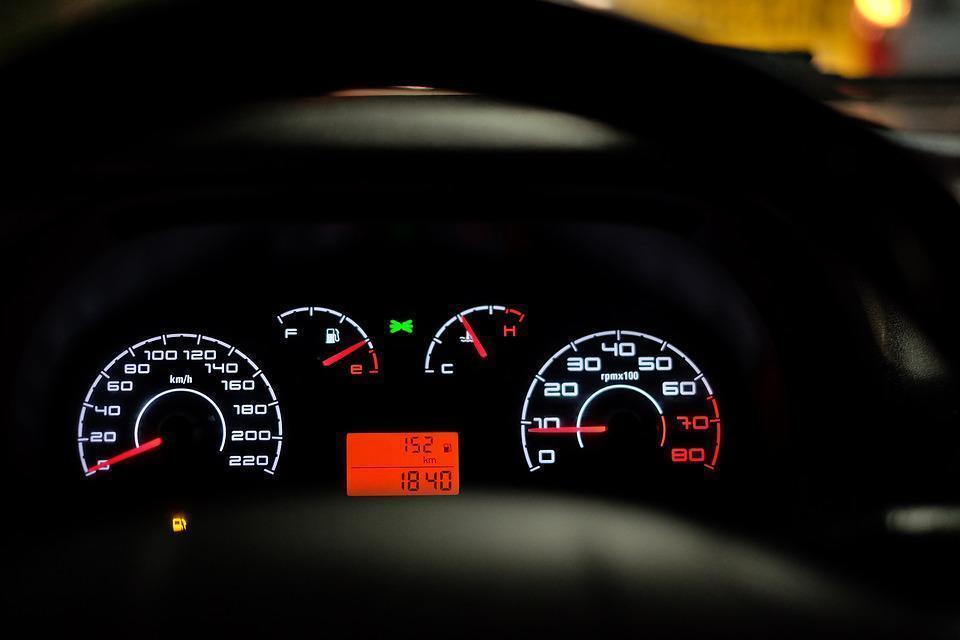Posted by Annie Qureshi
Telematics is the latest and greatest buzzword in the automotive industry. Because so many experts predict the imminent end of private vehicle ownership and the ultimate dominance of the vehicle sharing economy, vehicle fleets are growing. Telematics technologies help fleet owners monitor and manage their vehicles to reduce costs and improve efficiencies. In an age when data is of utmost importance, prospective fleet entrepreneurs might be pleased to learn that telematics leverages data to improve the fleet performance. In fact, different telematics solutions can collect and utilize different types of data. Here?s a guide to the types of telematics solutions available and the data each solution employs.
Data Overview
Considering that driving is such a complex activity, there is a tidal wave of information that fleet entrepreneurs can collect. It can be difficult to parse what is important from what isn?t when one isn?t certain what each type of data is and what it is used for, so to fill that need, here is a rough guide to telematics data:
Basic Datasets
This is data that is logged during a single trip and is often collected through vehicle tracking solutions. What constitutes a trip might vary from one type of fleet to the next; a carsharing business might count one member?s use of the vehicle, while a freight shipper might determine one cross-country delivery to be a trip. Regardless, there are certain types of data that should always be noted during any trip, even when a fleet manager lacks advanced tech. This information includes things like the date of the trip, the time of estimated departure and arrival, total driving time and distance traveled. Then, it is easy to verify this information and supplement it with technology, which can provide insights such as:
- GPS timestamp: when the trip begins and ends as determined by the GPS system
- GPS speed: vehicle speed collected via GPS system
- GPS direction: where the vehicle is headed at any time during the trip
- Vehicle status: whether the ignition is on or off
- Odometer value: how many miles the vehicle has traveled on this trip and in total
- Power voltage: how much energy is being consumed by the vehicle
- Fuel usage: how much fuel is being consumed by the vehicle
- Events: special occurrences such as power disconnection
Typically, fleet monitoring systems will rely on an accelerometer installed in each vehicle. An accelerometer is an electromechanical device with sensitive motion sensors, which will tell fleet managers information such as:
- Harsh acceleration: when drivers accelerate quickly
- Harsh braking: when drivers stop the car suddenly
- Harsh cornering: when drivers turn corners without decelerating sufficiently
This dataset constitutes the bare minimum that a fleet entrepreneur should collect to ensure that vehicles and drivers are performing as expected.
Advanced Datasets
For a detailed picture of vehicle and driver performance, entrepreneurs will need to invest in more extensive telematics systems. These will measure fleet activity at a minute level, tracking dozens of metrics to ensure vehicles are performing optimally on every trip. Some common types of data found in these advanced datasets include:
- Engine load: the torque output of the engine, or how much power the engine is producing
- Engine hours of operation: how many hours the engine has been in active use
- Fuel level: how much fuel is available
- Engine fuel used: how much fuel the engine has consumed over its lifetime
- Engine fuel rate: how much fuel is consumed over time in use
- Accelerator pedal position: where the accelerator is positioned relative to acceleration and speed
- Cruise control switch: when and how long cruise control is active
- Ambient air temperature: the temperature of the air around the engine, inside the cabin, around the vehicle and more
Perhaps most importantly, entrepreneurs should want their telematics to include information that will diagnose issues quickly and accurately. For that, they will need access to the following kinds of data:
- Malfunction indicator light: whether this is illuminated or not
- Manufacturer diagnostic trouble codes: reading the code and understanding their descriptions and locations as well as failure type, status and severity information
- Proprietary information: reading similar codes unique to certain brands or platforms, which might include information on engine oil, brake fluid, exhaust gas test, etc.
Conclusion
The right telematics solution for a new fleet entrepreneur will depend on a number of factors, not least of which is cost. It?s important to remember that with complexity comes a greater need for experienced technicians to install and maintain the telematics tech not to mention analysts to make use of the collected data. However, when properly executed, telematics can be exceedingly valuable to fleets, their owners and their users.
Link: https://:.smartdatacollective.com/different-telematics-solutions-and-data-collect/
Source: https://www.smartdatacollective.com
















Leave a Reply